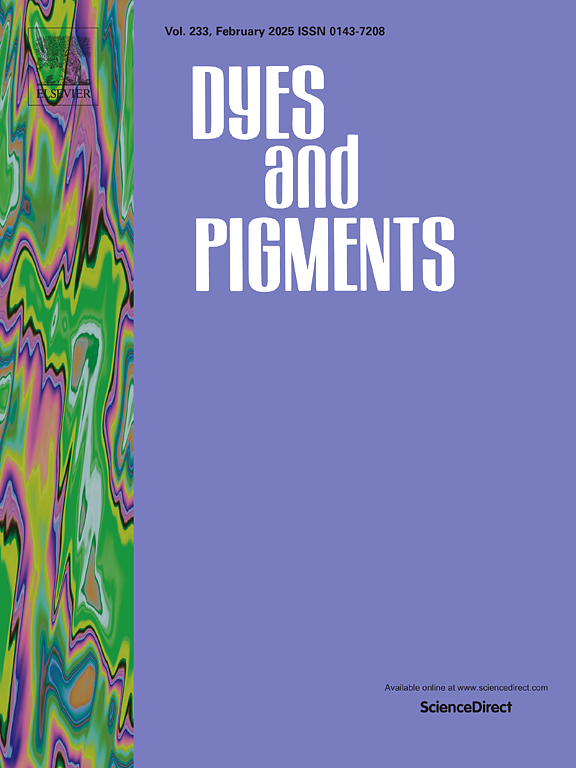Superhydrophobic and temperature-responsive fluoropolymer structural color film
IF 4.1
3区 工程技术
Q2 CHEMISTRY, APPLIED
引用次数: 0
Abstract
The world is filled with bright and diverse colors. In many cases, color layers need self-cleaning abilities to maintain their vibrancy and reduce cleaning costs. This study presents a new superhydrophobic self-cleaning structural color film with an anti-opal design. The system is made of fluoropolymer with an anti-opal structure that produces a striking structural color. After ultrasonic treatment, the roughness of the film increases (Ra increases from 69.8 nm to 95.5 nm, Rq increases from 95.7 nm to 120 nm), resulting in super-hydrophobicity, and the water contact Angle reaches more than 150°. When the surface's superhydrophobic layer is damaged, the film's properties can be restored using adhesive surface stripping technology. Regenerate more than 5 times. Additionally, the system shows dual thermosensitive behavior in terms of both color and hydrophobicity due to the phase changing nature of the fluoropolymers. When applied to information security, it allows for dual verification of data. The film has excellent information display effect and self-cleaning performance. It has potential application value in complex information security, display, and self-cleaning.

求助全文
约1分钟内获得全文
求助全文
来源期刊

Dyes and Pigments
工程技术-材料科学:纺织
CiteScore
8.20
自引率
13.30%
发文量
933
审稿时长
33 days
期刊介绍:
Dyes and Pigments covers the scientific and technical aspects of the chemistry and physics of dyes, pigments and their intermediates. Emphasis is placed on the properties of the colouring matters themselves rather than on their applications or the system in which they may be applied.
Thus the journal accepts research and review papers on the synthesis of dyes, pigments and intermediates, their physical or chemical properties, e.g. spectroscopic, surface, solution or solid state characteristics, the physical aspects of their preparation, e.g. precipitation, nucleation and growth, crystal formation, liquid crystalline characteristics, their photochemical, ecological or biological properties and the relationship between colour and chemical constitution. However, papers are considered which deal with the more fundamental aspects of colourant application and of the interactions of colourants with substrates or media.
The journal will interest a wide variety of workers in a range of disciplines whose work involves dyes, pigments and their intermediates, and provides a platform for investigators with common interests but diverse fields of activity such as cosmetics, reprographics, dye and pigment synthesis, medical research, polymers, etc.
 求助内容:
求助内容: 应助结果提醒方式:
应助结果提醒方式:


